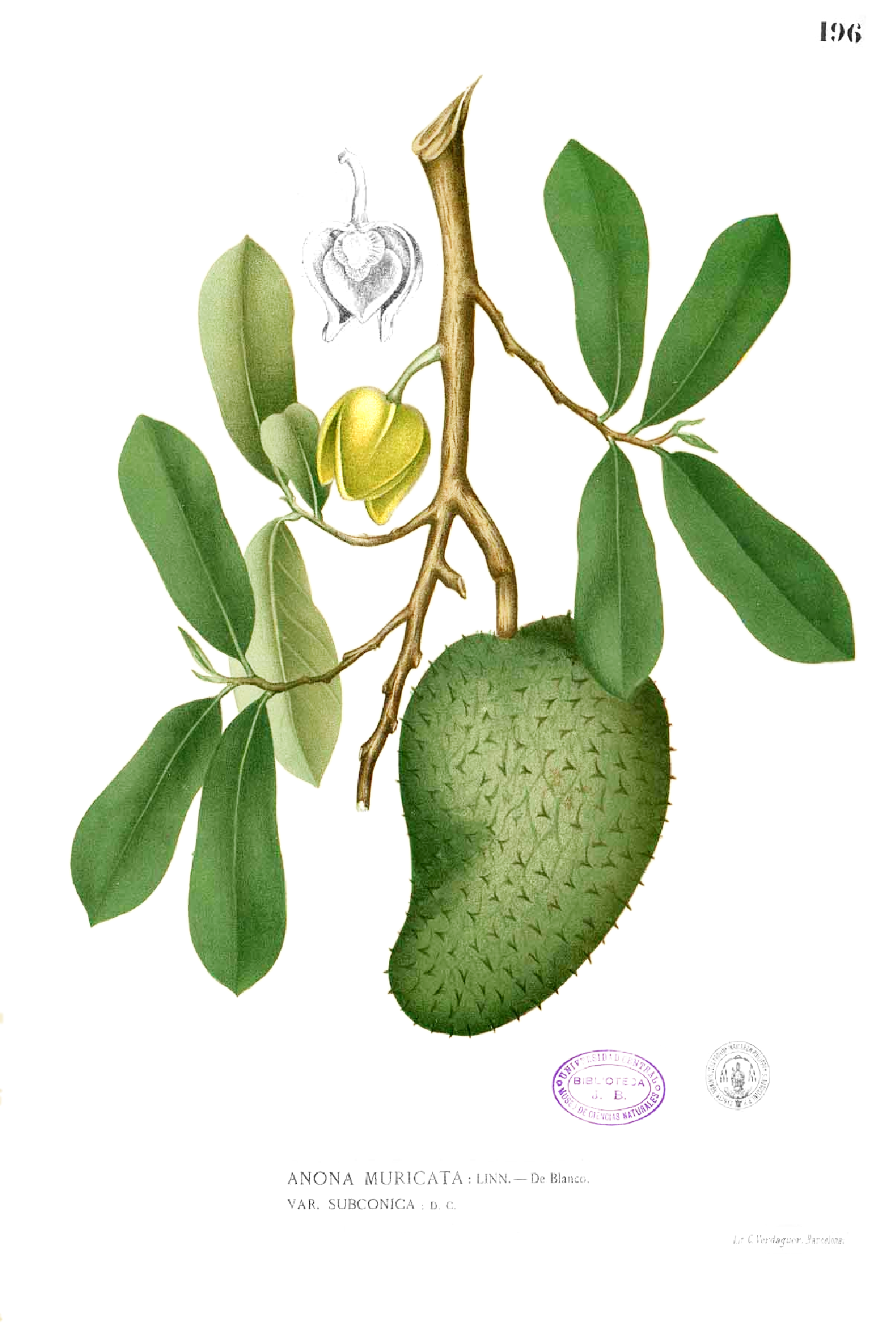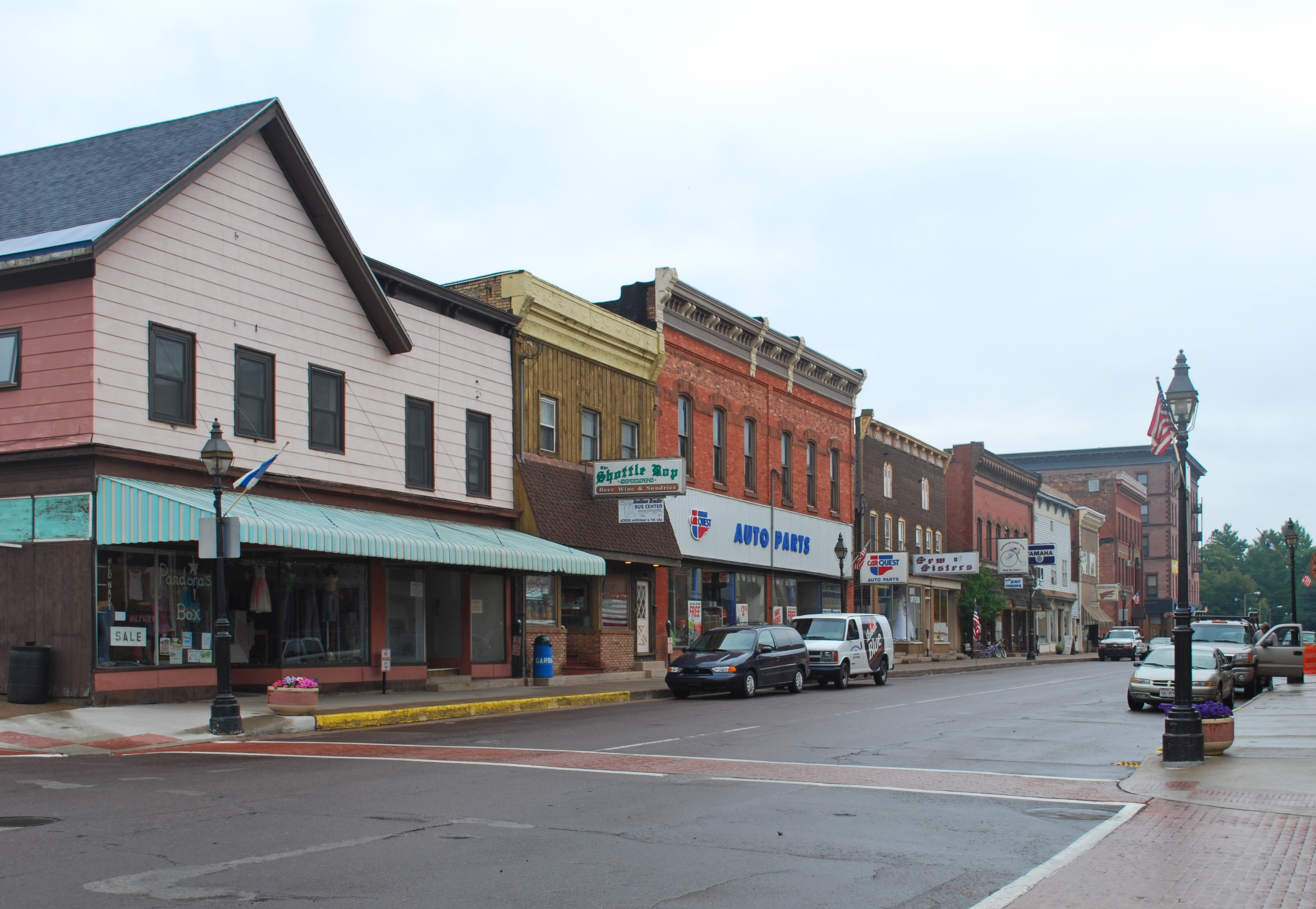|
Ponce, Puerto Rico
Ponce ( , , ) is a city and a Municipalities of Puerto Rico, municipality on the southern coast of Puerto Rico. The most populated city outside the San Juan, Puerto Rico, San Juan metropolitan area, Ponce was founded on August 12, 1692Some publications/reporters have erroneously stated Ponce's date of founding as December 12, 1692 (see, for example, Jose Fernandez-Colon, The Associated Press, at "Noticias Online" on January 24, 2009, a''Noticias Puerto Rico.''Accessed 23 March 2019.) Another incorrect date sometimes found is September 12, 1692 (See, for example, Jorge L. Perez (El Nuevo Dia) and Jorge Figueroa (Ponce Municipal Historian), a''Historic Buildings and Structures in Ponce, Puerto Rico.'' at the text accompanying Drawing #20, titled "Tumba de los Bomberos". Puerto Rico Historic Buildings Drawings Society. 2019. Accessed 4 February 2019. See als''Mapa de Municipios y Barrios: Ponce, Memoria Numero 27.'' Gobierno del Estado Libre Asociado de Puerto Rico. Junta de Planifi ... [...More Info...] [...Related Items...] OR: [Wikipedia] [Google] [Baidu] |
Municipalities Of Puerto Rico
The municipalities of Puerto Rico (Spanish language, Spanish: ''municipios de Puerto Rico'') are the second-level List of administrative divisions by country, administrative divisions defined with geographic Border, boundaries and governmental authority in the Geography of Puerto Rico, archipelago and island of Puerto Rico. Amounting to 78 municipal corporation, incorporated towns and cities equivalent to List of United States counties and county equivalents, U.S. counties, only two of which are outside the main island, namely the smaller islands of Vieques, Puerto Rico, Vieques and Culebra, Puerto Rico, Culebra, each municipality is governed by an elected Mayor–council government#Strong-mayor government form, strong mayor and a Unicameralism, unicameral municipal council, legislature. The municipalities are divided into 902 Barrios of Puerto Rico, barrios, the third-level administrative divisions under the political leadership of the municipal government. As a Territories of th ... [...More Info...] [...Related Items...] OR: [Wikipedia] [Google] [Baidu] |
City
A city is a human settlement of a substantial size. The term "city" has different meanings around the world and in some places the settlement can be very small. Even where the term is limited to larger settlements, there is no universally agreed definition of the lower boundary for their size. In a narrower sense, a city can be defined as a permanent and Urban density, densely populated place with administratively defined boundaries whose members work primarily on non-agricultural tasks. Cities generally have extensive systems for housing, transportation, sanitation, Public utilities, utilities, land use, Manufacturing, production of goods, and communication. Their density facilitates interaction between people, government organisations, government organizations, and businesses, sometimes benefiting different parties in the process, such as improving the efficiency of goods and service distribution. Historically, city dwellers have been a small proportion of humanity overall, bu ... [...More Info...] [...Related Items...] OR: [Wikipedia] [Google] [Baidu] |
Anón
Anón (''Barrio Anón'') is one of the 31 barrios in the municipality of Ponce, Puerto Rico. Along with Marueño, Coto Laurel, Guaraguao, Quebrada Limon, Real (Ponce), Real, and San Patricio (Ponce), San Patricio, and the coastal barrios of Canas (Ponce), Canas and Capitanejo (Ponce), Capitanejo, Anón is one of the municipality's nine bordering barrios. Anón borders the municipalities of Jayuya, Puerto Rico, Jayuya and Juana Diaz, Puerto Rico, Juana Diaz. The name of this barrio is of native Indian origin. It was founded in 1878. Barrio Anón is one of three Ponce barrios (the others are Barrio Guaraguao and Barrio San Patricio) located on the Cordillera Central (Puerto Rico), Cordillera Central mountain range. Location Anón is a mountainous rural barrio located in the northern section of the municipality, north of the city of Ponce. Anon is located within the Cordillera Central, Puerto Rico, Cordillera Central and it is home to the highest peak elevation in Puerto Rico call ... [...More Info...] [...Related Items...] OR: [Wikipedia] [Google] [Baidu] |
List Of Barrios Of Ponce, Puerto Rico
This list of barrios of Ponce consists of the 31 barrios in the municipality of Ponce, Puerto Rico. With 31 barrios, Ponce is Puerto Rico's municipality with the largest number of barrios. Meaning of "barrio" In Puerto Rico, the term barrio has two very different meanings. Government, Officially, Ponce has 31 barrios; this is according to local, insular, and federal governments. However, there is a second meaning for barrio that does not correlate with the official meaning and one that is meant to refer, loosely, to a sector or portion of an official barrio. It is a meaning that makes reference to a community that shares certain common characteristics (types of homes, income range of its dwellers, its natural or human-made boundaries, etc.). Some examples of these so-called barrios are barrio Mameyes (a sector of barrio Portugues Urbano), barrio Corral Viejo (a community within Barrio Magueyes), barrio Clausells (a portion of Segundo (Ponce), Barrio Segundo), barrio Tenerías ... [...More Info...] [...Related Items...] OR: [Wikipedia] [Google] [Baidu] |
Town
A town is a type of a human settlement, generally larger than a village but smaller than a city. The criteria for distinguishing a town vary globally, often depending on factors such as population size, economic character, administrative status, or historical significance. In some regions, towns are formally defined by legal charters or government designations, while in others, the term is used informally. Towns typically feature centralized services, infrastructure, and governance, such as municipal authorities, and serve as hubs for commerce, education, and cultural activities within their regions. The concept of a town varies culturally and legally. For example, in the United Kingdom, a town may historically derive its status from a market town designation or City status in the United Kingdom, royal charter, while in the United States, the term is often loosely applied to incorporated municipality, municipalities. In some countries, such as Australia and Canada, distinction ... [...More Info...] [...Related Items...] OR: [Wikipedia] [Google] [Baidu] |
Village
A village is a human settlement or community, larger than a hamlet but smaller than a town with a population typically ranging from a few hundred to a few thousand. Although villages are often located in rural areas, the term urban village is also applied to certain urban neighborhoods. Villages are normally permanent, with fixed dwellings; however, transient villages can occur. Further, the dwellings of a village are fairly close to one another, not scattered broadly over the landscape, as a dispersed settlement. In the past, villages were a usual form of community for societies that practice subsistence agriculture and also for some non-agricultural societies. In Great Britain, a hamlet earned the right to be called a village when it built a church.-4; we might wonder whether there's a point at which it's appropriate to talk of the beginnings of French, that is, when it wa ... ''village'', from Latin ''villāticus'', ultimately from Latin ''villa'' (English ''vi ... [...More Info...] [...Related Items...] OR: [Wikipedia] [Google] [Baidu] |
Municipal Corporation
Municipal corporation is the legal term for a local governing body, including (but not necessarily limited to) cities, counties, towns, townships, charter townships, villages, and boroughs. The term can also be used to describe municipally owned corporations. Municipal corporation as local self-government Municipal incorporation occurs when such municipalities become self-governing entities under the laws of the state or province in which they are located. Often, this event is marked by the award or declaration of a municipal charter. A city charter or town charter or municipal charter is a legal document establishing a municipality, such as a city or town. Bangladesh There are 12 city corporations in Bangladesh. Two of them are located in the capital Dhaka and the remaining 10 are located in the most populous cities of the eight divisions. They carry out major works in the cities and perform socio-economic and civic functions. In addition, there are 330 municipaliti ... [...More Info...] [...Related Items...] OR: [Wikipedia] [Google] [Baidu] |
San Germán, Puerto Rico
San Germán () is a historic San Germán barrio-pueblo, town and Municipalities of Puerto Rico, municipality located in the Sabana Grande Valley of southwestern region of Puerto Rico, south of Mayagüez, Puerto Rico, Mayagüez and Maricao, Puerto Rico, Maricao, north of Lajas, Puerto Rico, Lajas, east of Hormigueros, Puerto Rico, Hormigueros and Cabo Rojo, Puerto Rico, Cabo Rojo, and west of Sabana Grande, Puerto Rico, Sabana Grande. San Germán is spread over eighteen barrios plus San Germán barrio-pueblo, San Germán Pueblo (the downtown area and the administrative center of the city). It is both a principal city of the San Germán–Cabo Rojo Metropolitan Statistical Area and the Mayagüez metropolitan area#Combined Statistical Area, Mayagüez–San Germán–Cabo Rojo Combined Statistical Area. San Germán is the second oldest city of Puerto Rico, after San Juan, Puerto Rico, San Juan, and its Old town, historic downtown is preserved as the San Germán Historic District. Pu ... [...More Info...] [...Related Items...] OR: [Wikipedia] [Google] [Baidu] |
Barrio
''Barrio'' () is a Spanish language, Spanish word that means "Quarter (urban subdivision), quarter" or "neighborhood". In the modern Spanish language, it is generally defined as each area of a city delimited by functional (e.g. residential, commercial, industrial, etc.), social, architectural or morphological features. In Spain, several Latin America, Latin American countries and the Philippines, the term may also be used to officially denote a division of a municipality. ''Barrio'' is an arabism (Classical Arabic ''barrī'': "wild" via Andalusian Arabic ''bárri'': "exterior"). Usage In Argentina and Uruguay, a ''barrio'' is a division of a municipality officially delineated by the local authority at a later time, and it sometimes keeps a distinct character from other areas (as in the Barrios and Communes of Buenos Aires, barrios of Buenos Aires, even if they have been superseded by larger administrative divisions). The word does not have a special socioeconomic connotation un ... [...More Info...] [...Related Items...] OR: [Wikipedia] [Google] [Baidu] |
Hamlet (place)
A hamlet is a human settlement that is smaller than a town or village. This is often simply an informal description of a smaller settlement or possibly a subdivision or satellite entity to a larger settlement. Sometimes a hamlet is defined for official or Administrative division, administrative purposes. The word and concept of a hamlet can be traced back to Anglo-Normans, Norman England, where the Old French came to apply to small human settlements. Etymology The word comes from Anglo-Norman language, Anglo-Norman ', corresponding to Old French ', the diminutive of Old French ' meaning a little village. This, in turn, is a diminutive of Old French ', possibly borrowed from (West Germanic languages, West Germanic) Franconian languages. It is related to the modern French ', Dutch language, Dutch ', Frisian languages, Frisian ', German ', Old English ', and Modern English ''home''. By country Afghanistan In Afghanistan, the counterpart of the hamlet is the Qila, qala ... [...More Info...] [...Related Items...] OR: [Wikipedia] [Google] [Baidu] |
Partido (region)
Partido () was a Spanish colonial term that referred to a governed local administrative region, roughly equivalent to today's municipality in terms of rural land areas included, and used in the Spanish colonies in the Americas during the times of the Spanish Empire. It was "the territory or district composed of a jurisdiction or administration from a main city." The term referred to 18th and 19th-century land regions that consisted of mature dispersed settlements but which had not yet been formally incorporated as hamlets. Though similar to today's municipality, ''partidos'' were under the control of a town or city government whose seat was, at times, a day's walk, or longer, away. Argentina In Argentina, the '' partidos'' are the second-level administrative subdivision in the Province of Buenos Aires. Puerto Rico "Partido" was the term used in Spanish colonial times for various scarcely populated regions in Puerto Rico, including Aguada, Ponce, Arecibo, and Coamo. In t ... [...More Info...] [...Related Items...] OR: [Wikipedia] [Google] [Baidu] |






